Chobe National Park’s elephants are celebrities in their own right. People flock from across the globe for breathless face-to-face encounters with these never-ending herds of the largest living land animal on earth.
So how many elephants are there really in this park nicknamed Land of the Gentle Giants and why did they choose to make it their home? We delve into the mystery of these pachyderms and their perplexing ways.
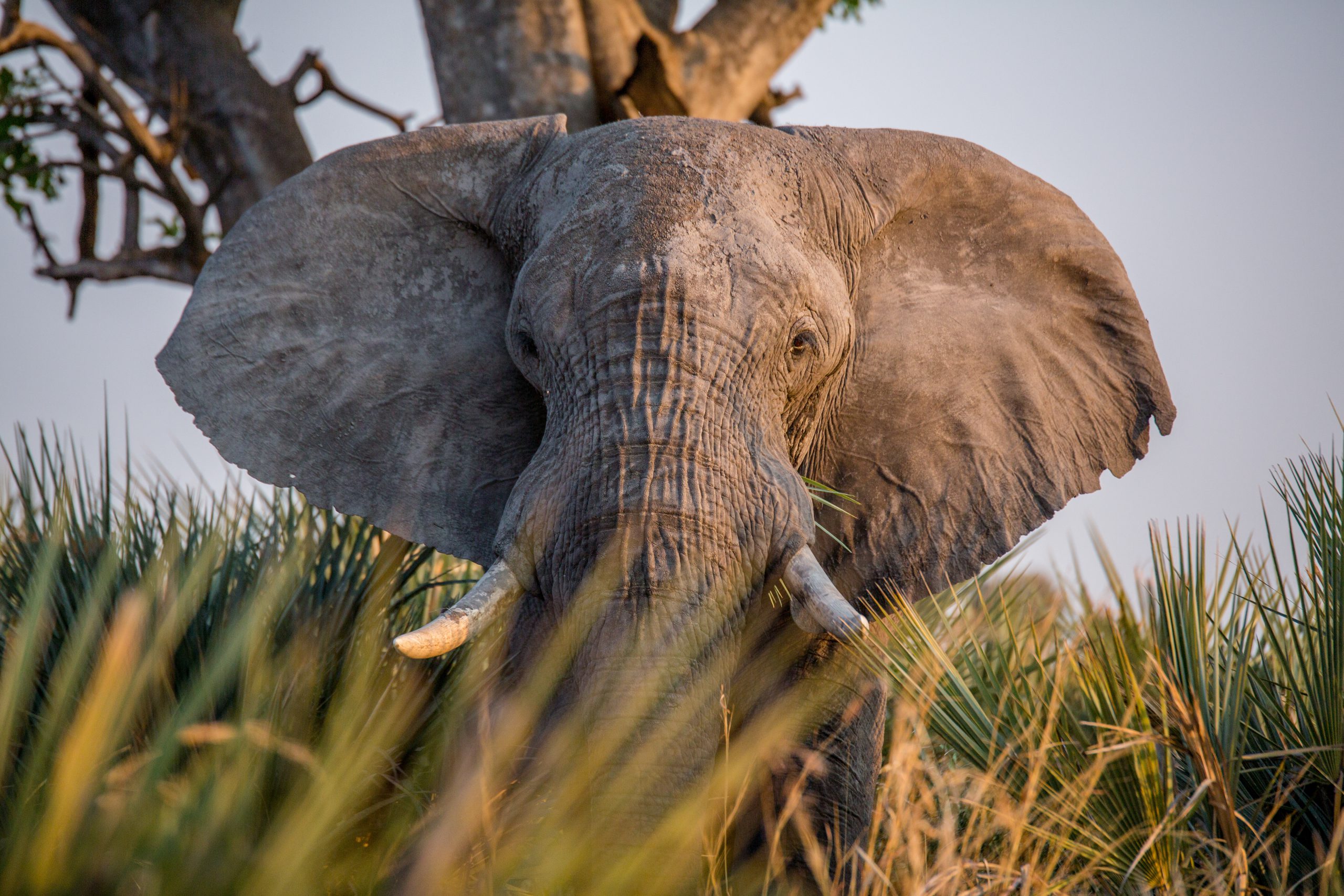
Where is Chobe National Park?
The elephant capital of the world, Chobe National Park is located in northern Botswana near the Okavango Delta. It is spread across 11,700 square kilometres and centred around the park’s lifeline and namesake, the Chobe River.
Established in the late 1960s, Chobe is not only the country’s first national park and the third largest, but it’s also the most diverse.
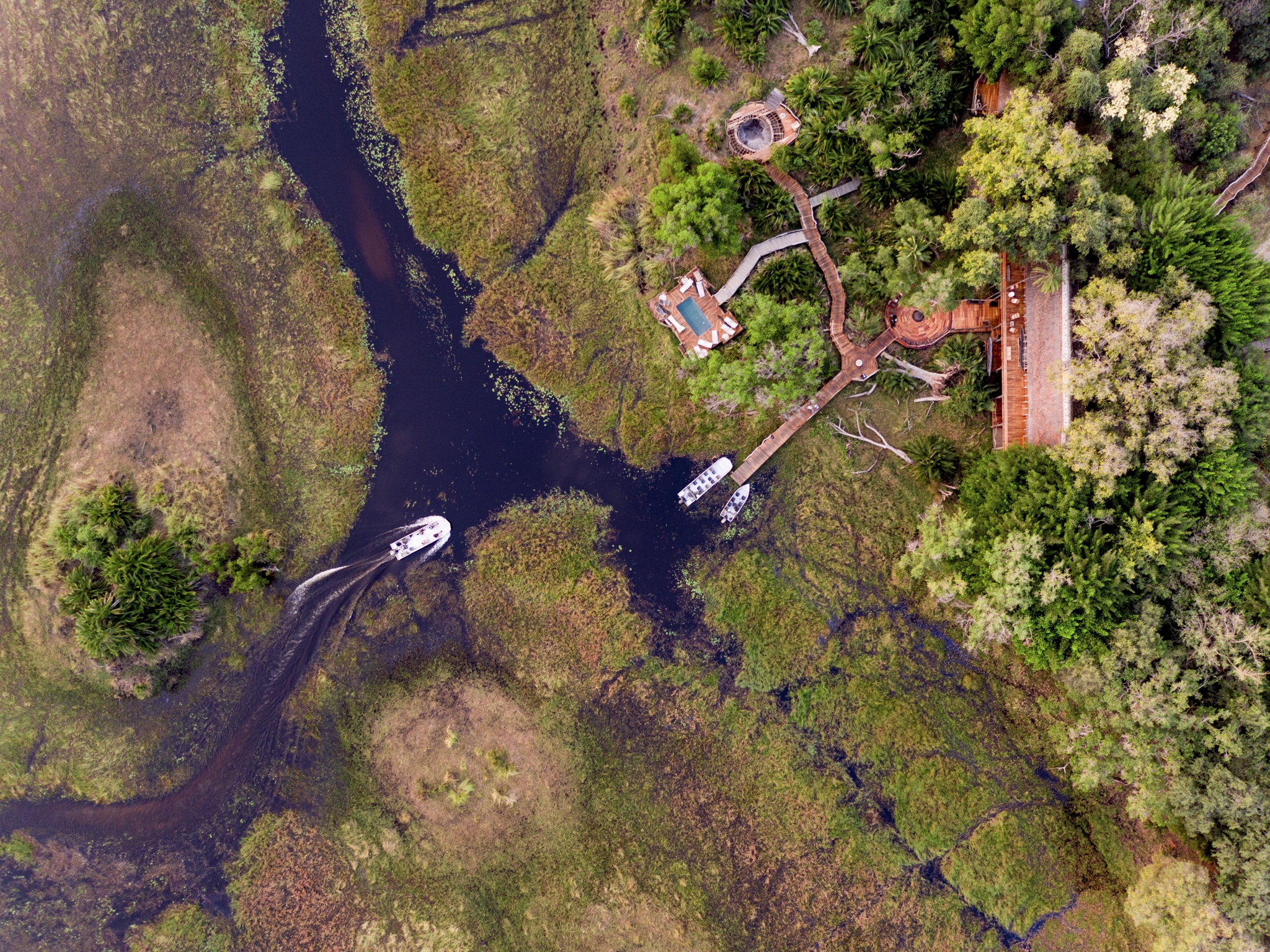
Why are there so many elephants in Chobe?
So, what makes Chobe so special that it lures one of our favourite animals in countless numbers? Let’s first address the elephant in the room. Adult elephants don’t have any real predators in the wild, except for us humans.
The Chobe River used to be part of their migration route, but wars waging on the borders of neighbouring countries resulted in mass poaching. This finally deterred the elephants from taking this route, seeking refuge in the safe haven that is the Chobe National Park.
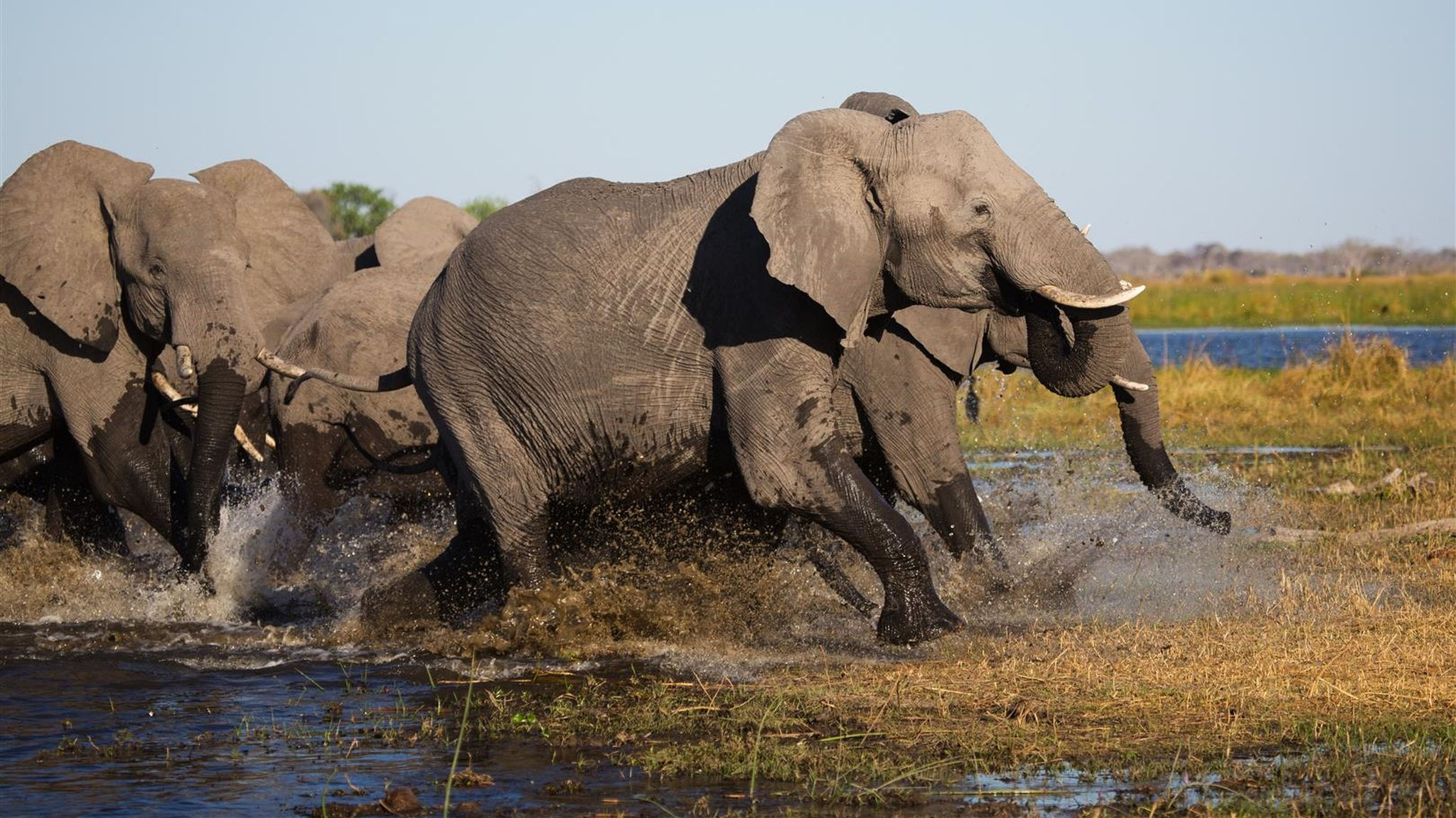
Although there have been several poaching incidents in Botswana over the years, the military’s no-tolerance approach to poachers has largely preserved the elephant population.
Today there are approximately 120,000 elephants shuffling through the plains. It’s difficult to determine an exact number, however, as they’ve started to cross the Chobe River again during their seasonal migratory route. Using their trunks as ‘snorkels’, it’s quite a sight to behold!
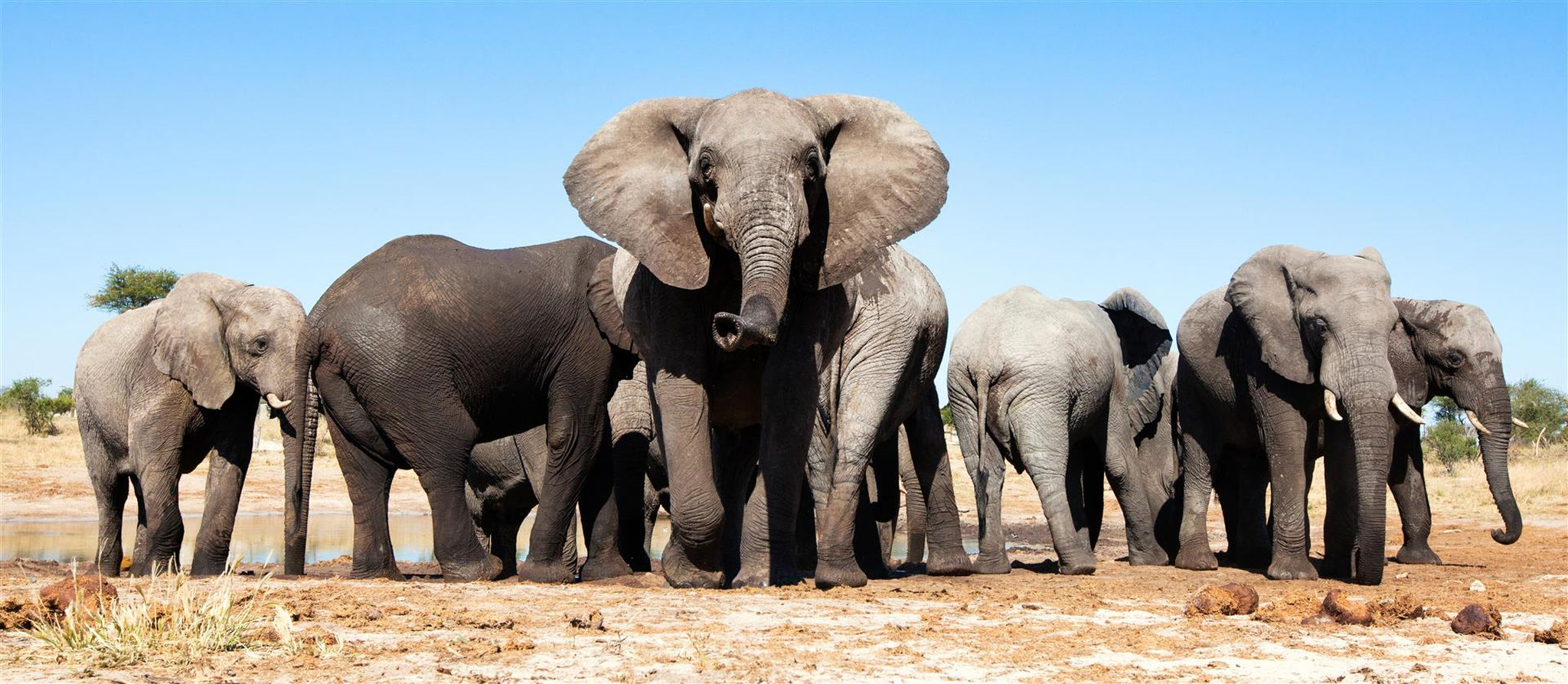
A tremendous tusk
Elephants Without Borders, based in the country’s gateway town of Kasane, is also to thank for this thriving population. A non-profit charity, they focus on conserving elephants and natural resources through education, tracking of elephant herds, and research methods.
They also aim to provide solutions to the ever-growing elephant population’s impact on the biodiversity and other species’ livelihood. They do this by using aerial surveys to monitor elephant herd sizes and their distribution. By combining this with digital land maps, they can predict changes and maintain overall balance.
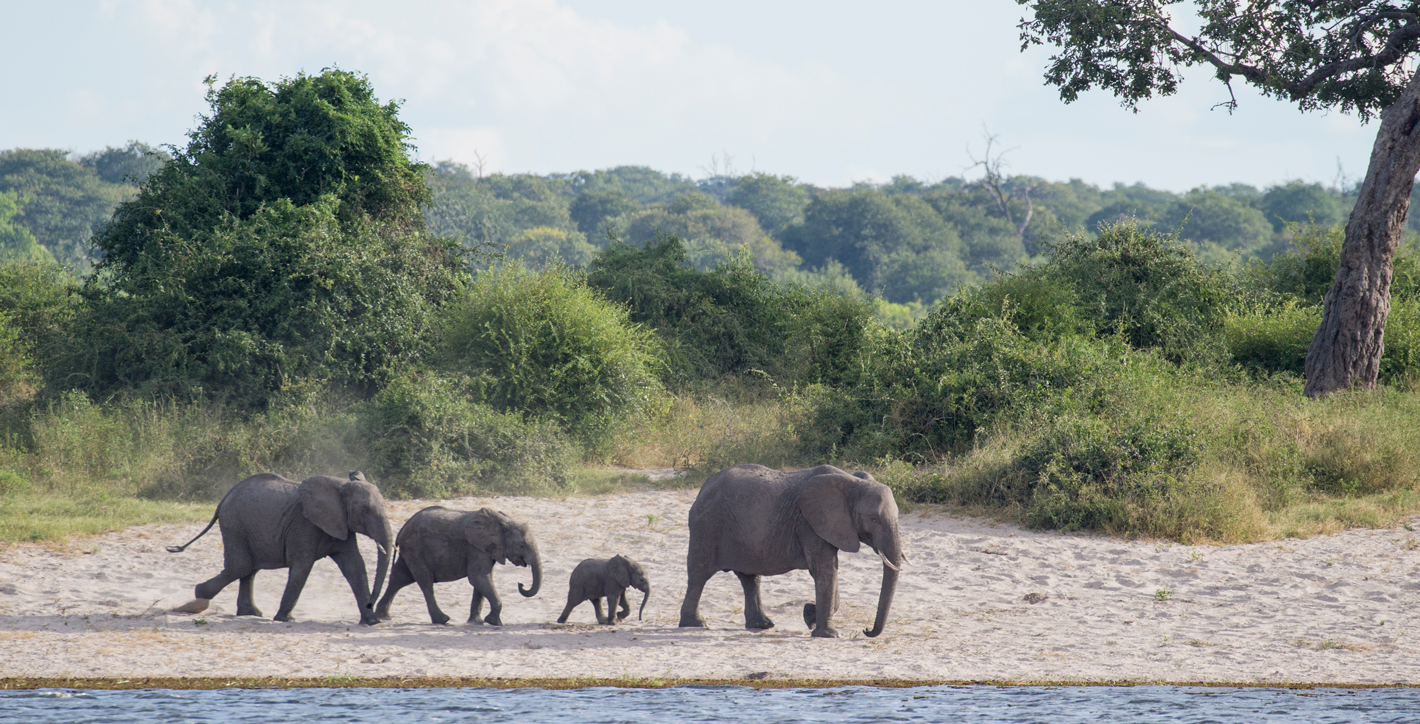
Mythical creatures
Often affectionately referred to as ‘ellies’, there are many stories about the elephant’s existence and why these enormous creatures seem to have the same emotions we as humans have.
These myths whispered around campfires often boil down to one thing: that the elephant used to be human. Although this might seem far-fetched, it can’t be denied that there’s more to them than meets the eye.
It’s said that elephants feel sadness, joy, compassion and distress. For example, whereas many other animals in the wild can be cut-throat when it comes to survival and leaving the young and weak behind to perish, elephants show distress when faced with similar dilemmas.
Living for about 50 to 70 years, they also seemingly grieve when one of their own passes away, carrying out rituals resembling our funerals at the carcasses.
“They say that somewhere in Africa the elephants have a secret grave where they go lie down, unburden their wrinkled gray bodies, and soar away, light spirits at the end.” – Robert McCammon
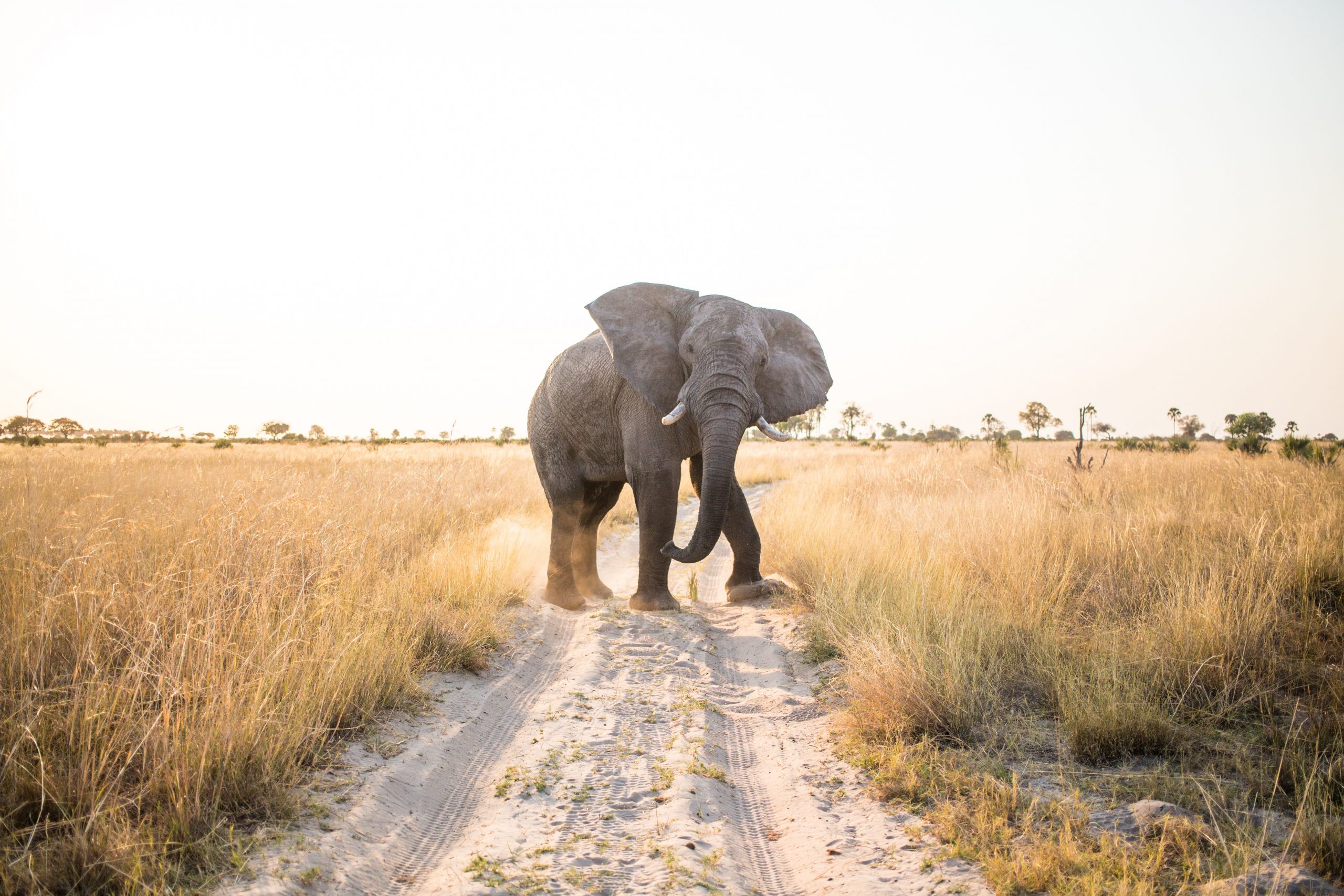
What other animals can I see at Chobe?
For the avid birders, get those binoculars ready as there are 450 species flitting throughout the park. It’s particularly spectacular during the wet summer months, which is also when migratory birds such as the colourful carmine bee-eater pay their annual visit.
Other birds to look out for are some of the world’s largest flying birds, the kori bustard (weighing up to 18kg!) and the secretary bird.
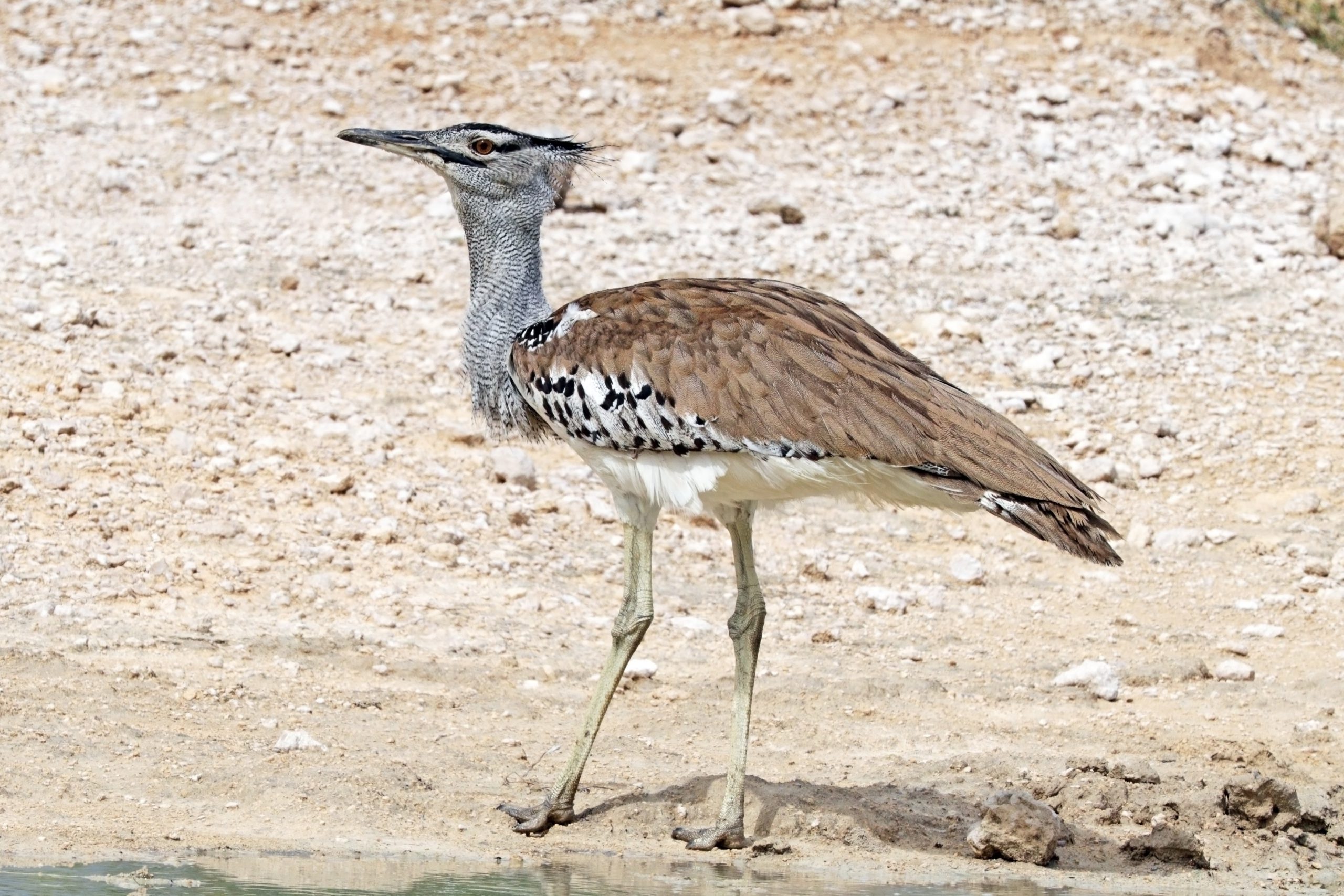
If you’re more interested in the larger land animals, you can look forward to seeing the Big 5, as well as almost as many buffalos as there are elephants. You can also see the zebra, giraffe, endangered African Wild Dog, civet, hyena, baboon and puku antelope, to name just a few. The Chobe River teems with crocodile and hippo, making a boat safari ever-so-exciting!
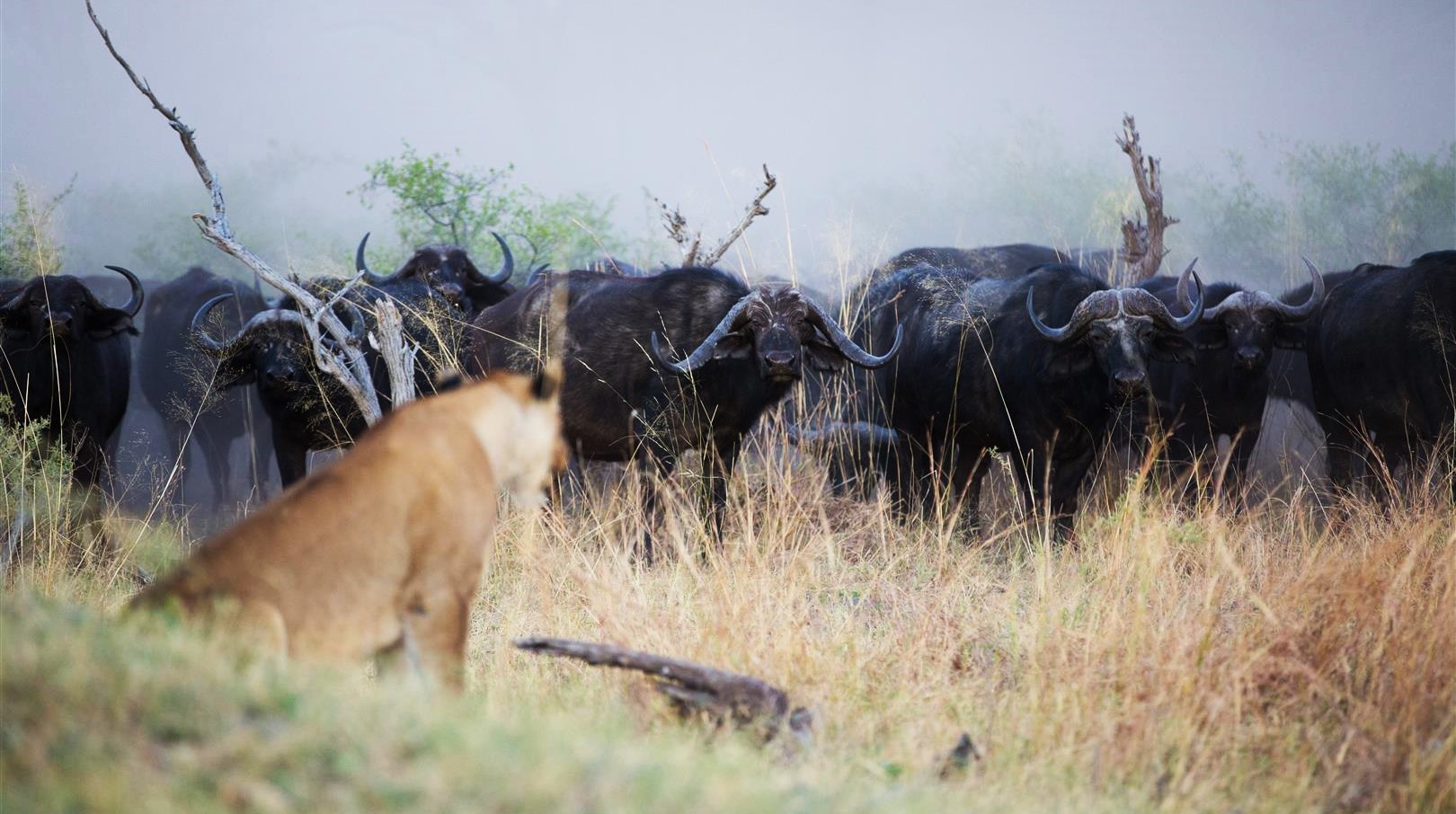
Chobe weather: when to go
The best time to go is between May to September which is winter and spring, otherwise known as the dry season. With less vegetation blocking your view, you can expect prime game viewing and clear skies.
From October to April in the summer and autumn or green season, you will get to see plenty of newborn animals. The accommodation rates are also generally lower during this time.
If you are more interested in birdwatching, plan your trip around December to March.
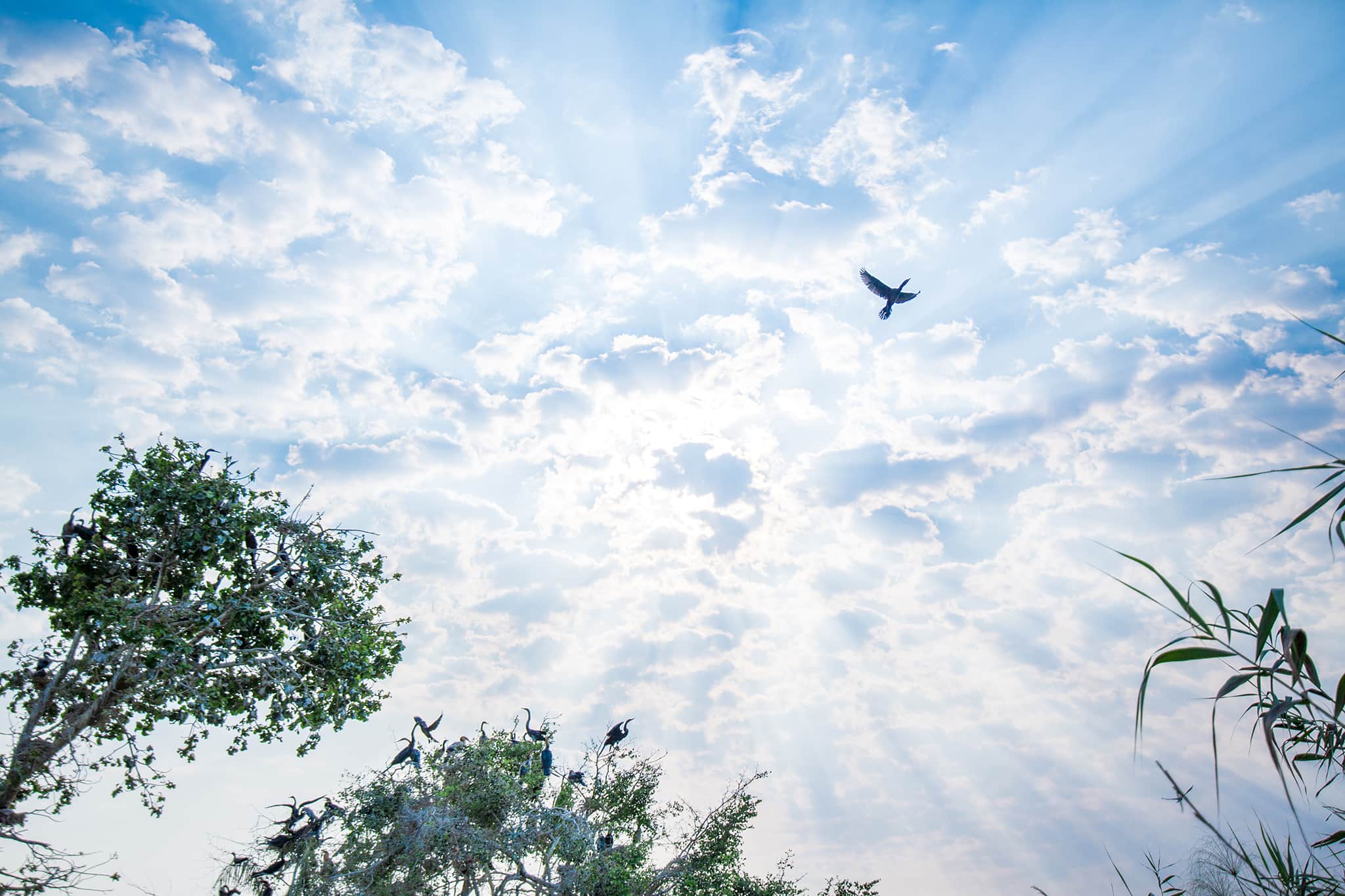
How to get to Chobe
Chobe’s location makes it a prime safari destination as it’s easy to hop on over to neighbouring countries. This is thanks to a small gateway town called Kasane, strategically situated as a ‘meeting point’ between the borders of Botswana, Zimbabwe, Zambia and Namibia.
To reach Chobe, the best option is to take one of the daily flights from Johannesburg, Gaborone or Maun to Kasane. From there you can fly straight to the lodges as most of them have airstrips nearby.
If you want to make it a road trip, you will need a rental 4×4 to tackle the dirt road.
Where to stay in Chobe
Chobe is divided into four areas, namely the Savuti Channel, Linyanti wetlands, Serondella, and Nogatsaa.
Some of these areas have little to no internet and mobile network coverage, offering the perfect ‘digital detox’ opportunity. Here are some of our favourite places to stay.
-
Ngoma Safari Lodge
This secluded lodge overlooks the Chobe River teeming with wildlife. The six suites and two triple suites each have their own private plunge pool.
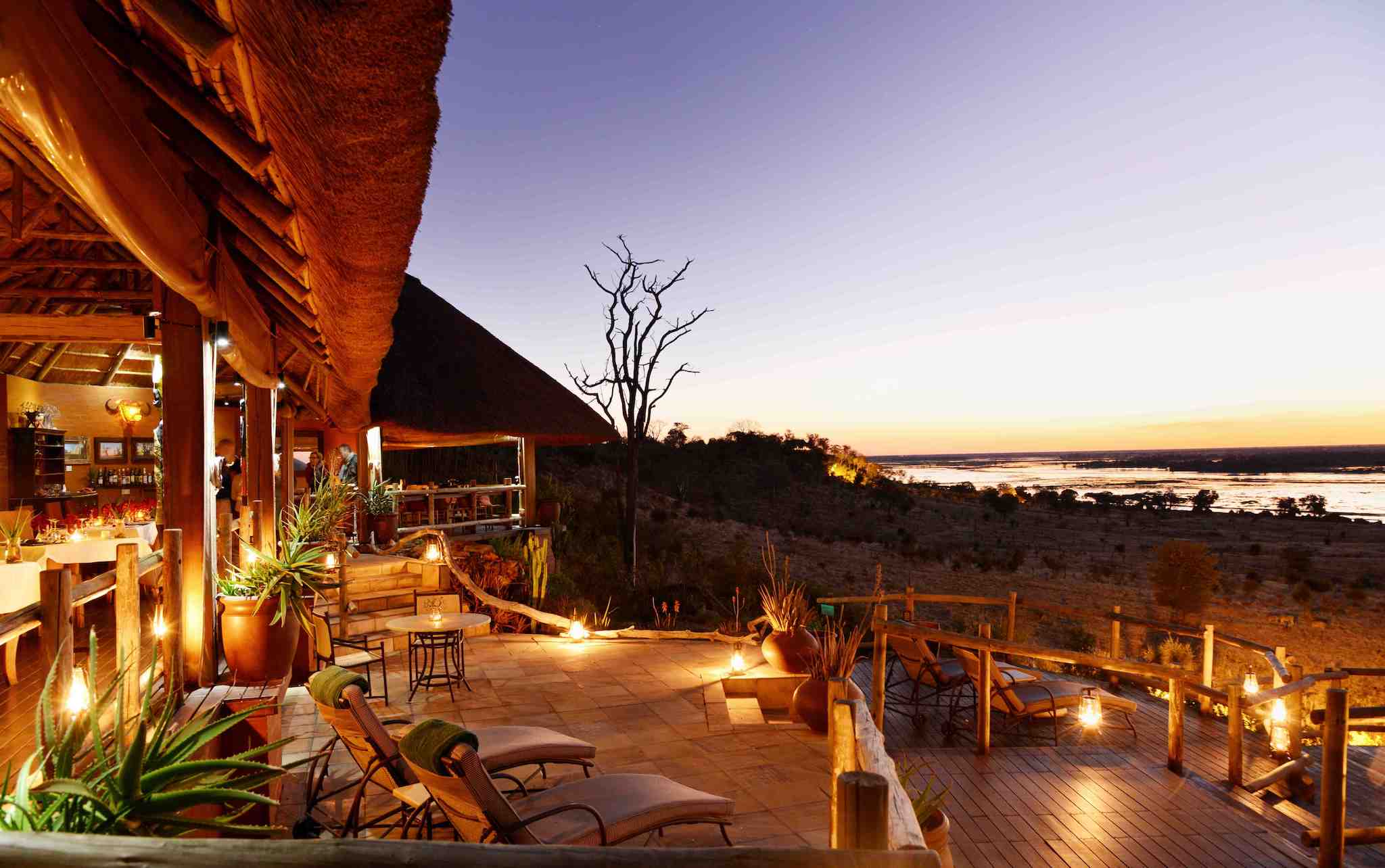
-
Chobe Game Lodge
Set on the bank of the Chobe River, it’s one of the most established lodges in Botswana. In fact, Elizabeth Taylor and Richard Burton tied the knot here back in 1975.
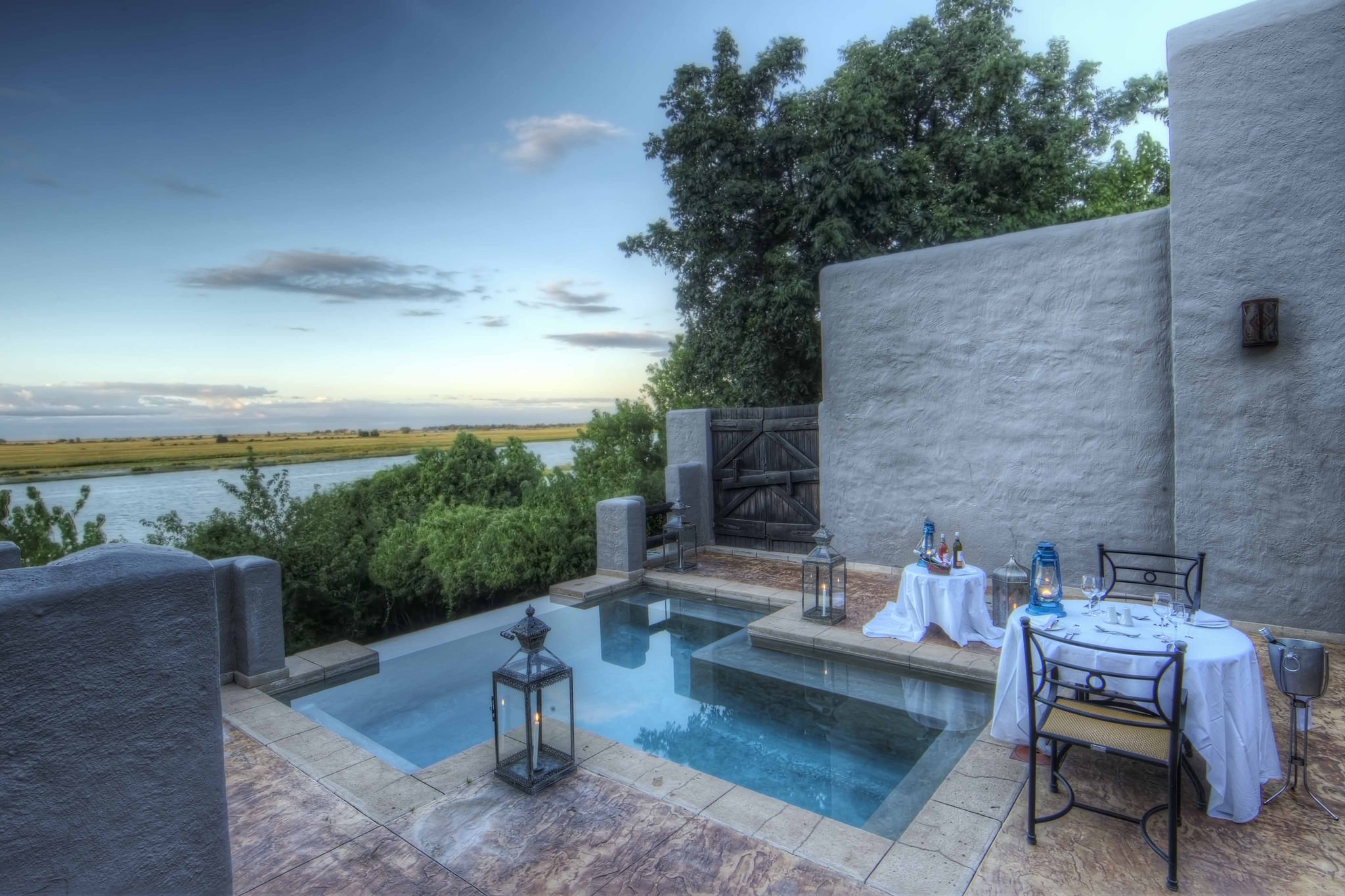
-
Savute Safari Lodge
Found in the private Linyanti concession, the lodge overlooks the Savuti Channel and has seven spacious walk-in tents, as well as one raised family unit.
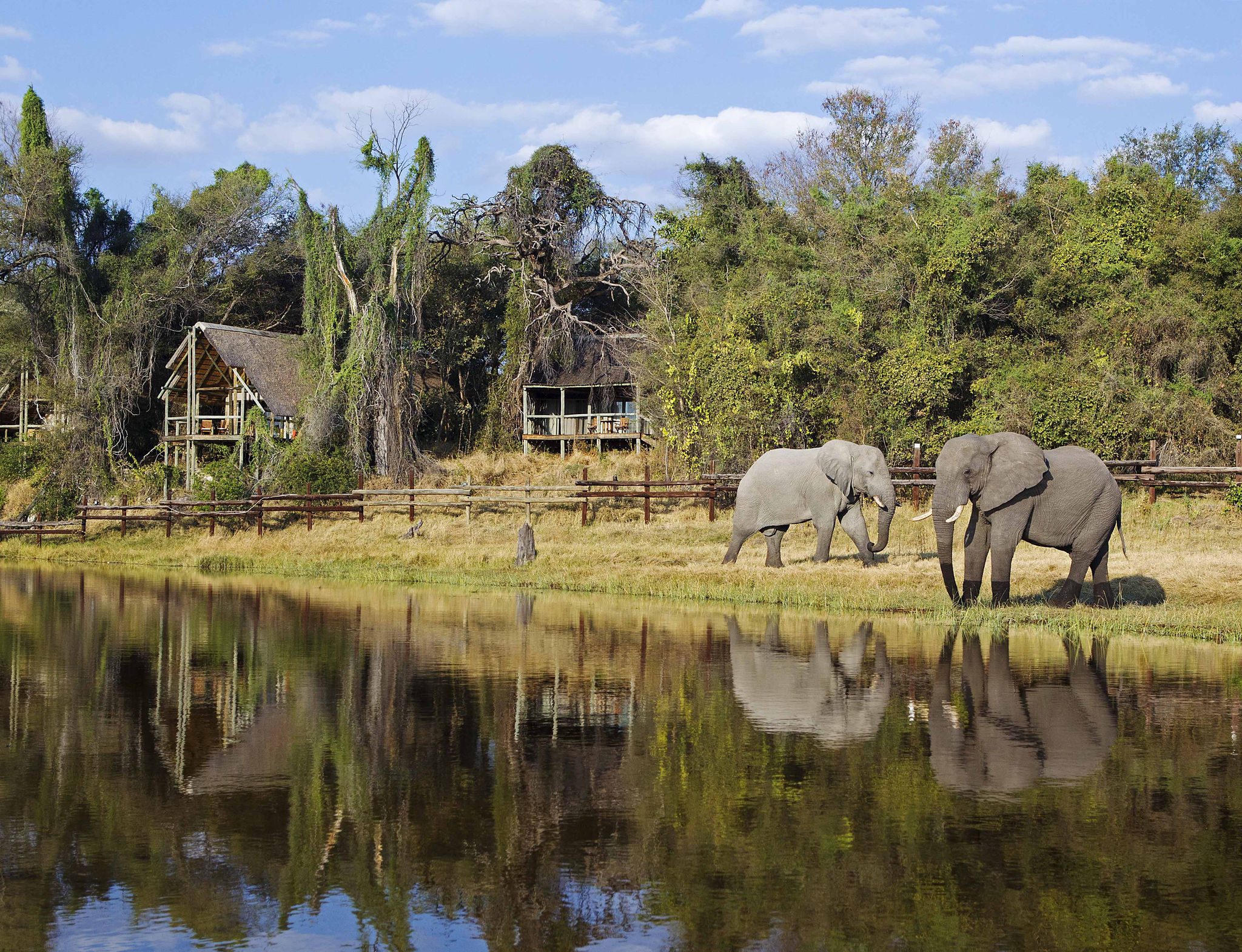
-
Belmond Savute Elephant Lodge
The 12 Luxury Tents on raised platforms promise spectacular views. Each tent is equipped with an ensuite bathroom, as well as a private deck complete with a hammock and easy chairs.
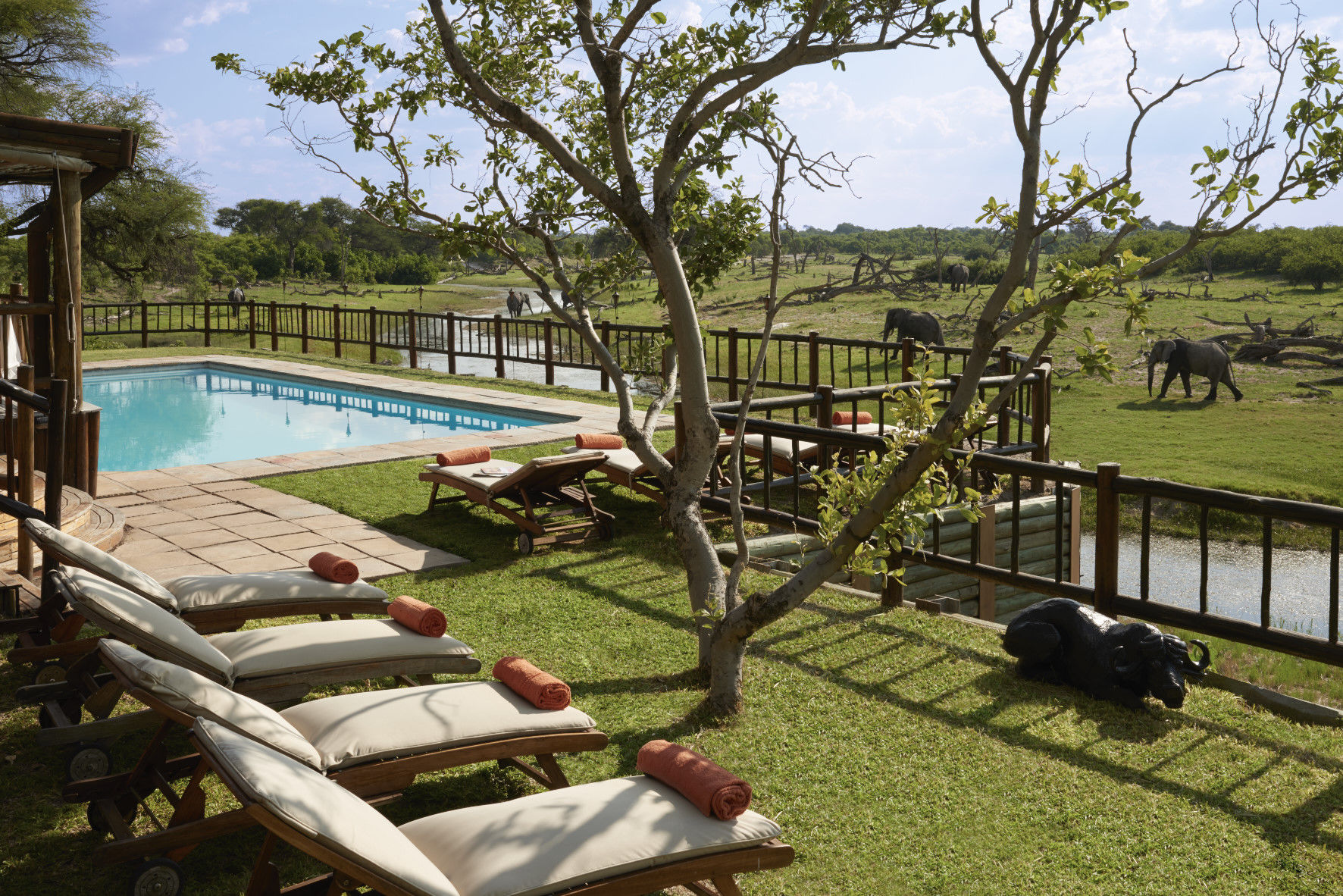
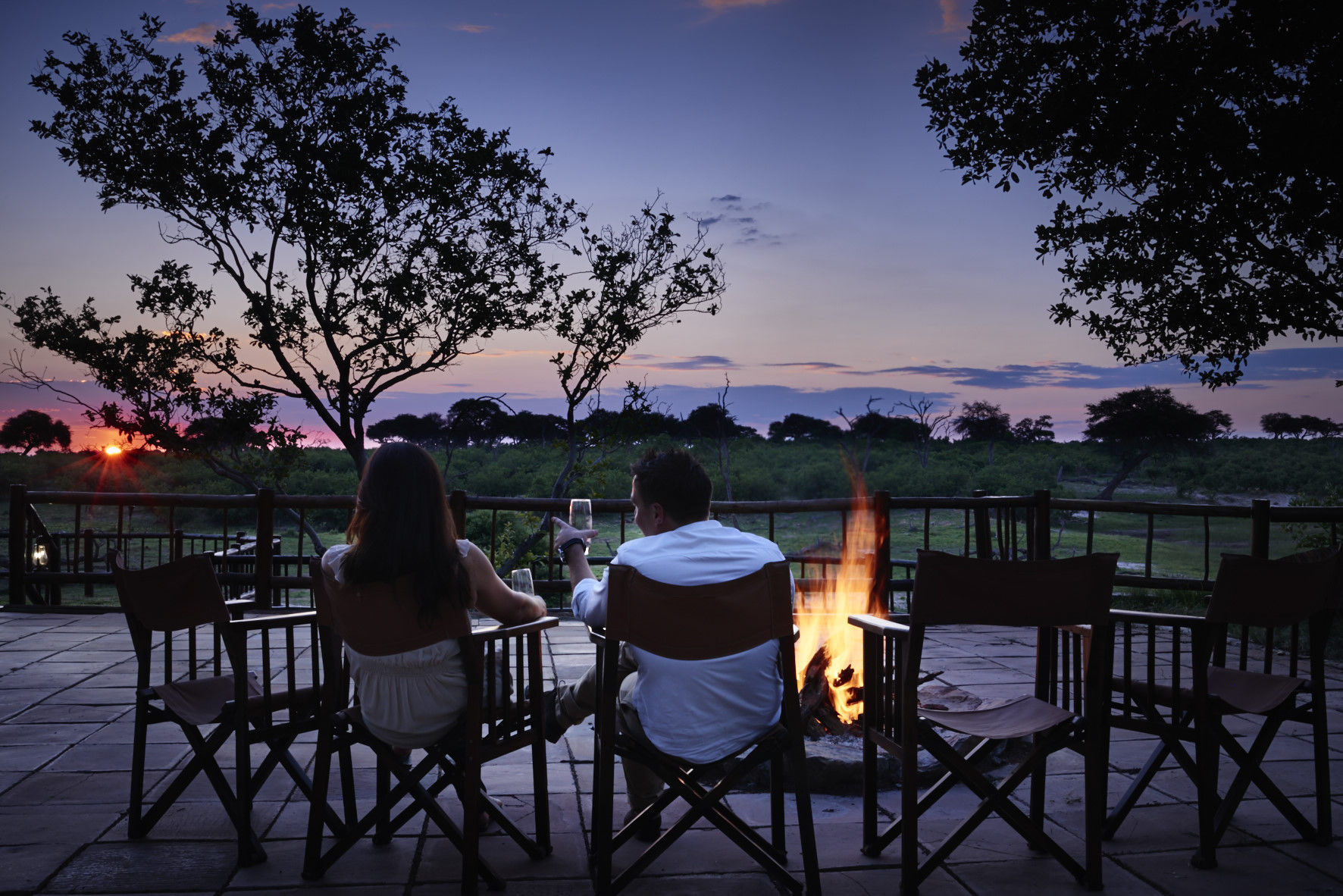
-
andBeyond Chobe Under Canvas
Looking for something different? Then look no further than these mobile safari tents, complete with ensuite bathrooms.
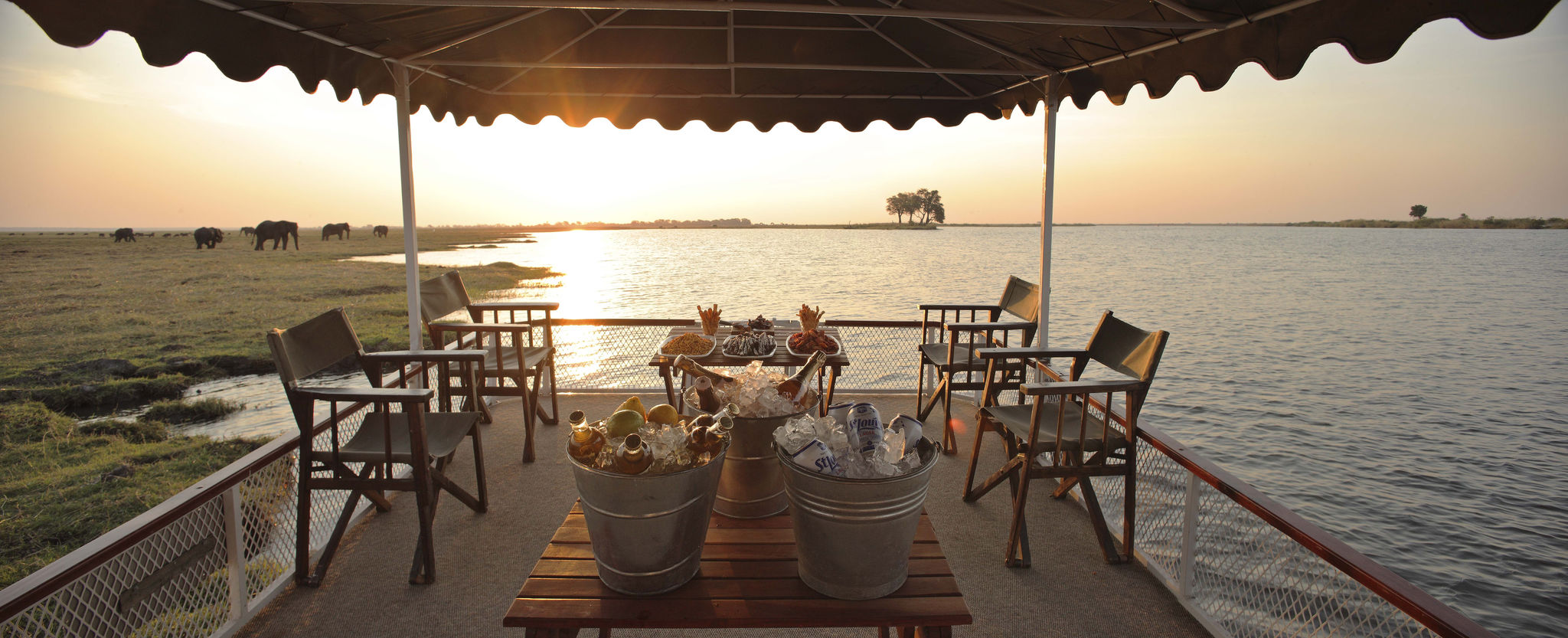
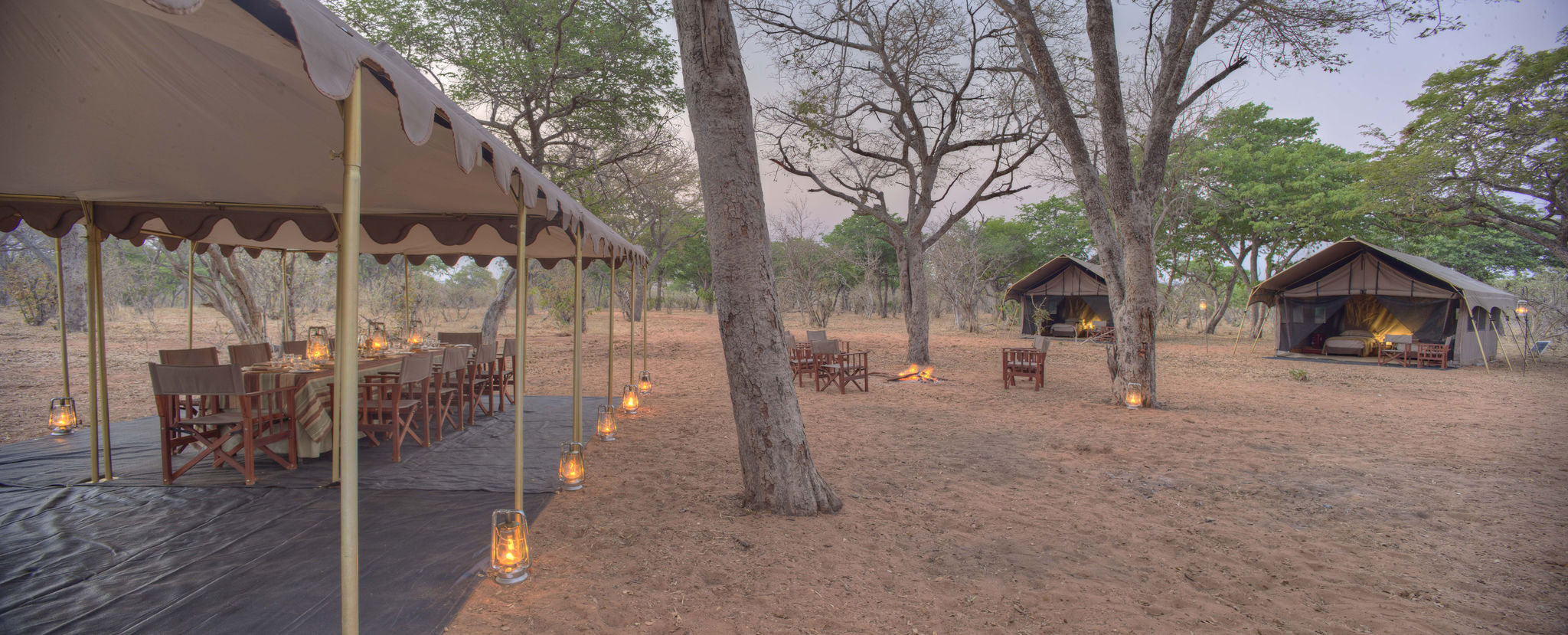
-
Zambezi Queen
Why stay on land when you can float on the calm water of the Chobe River? The Zambezi Queen is a five-star luxury houseboat that offers equal parts adventure and comfort.
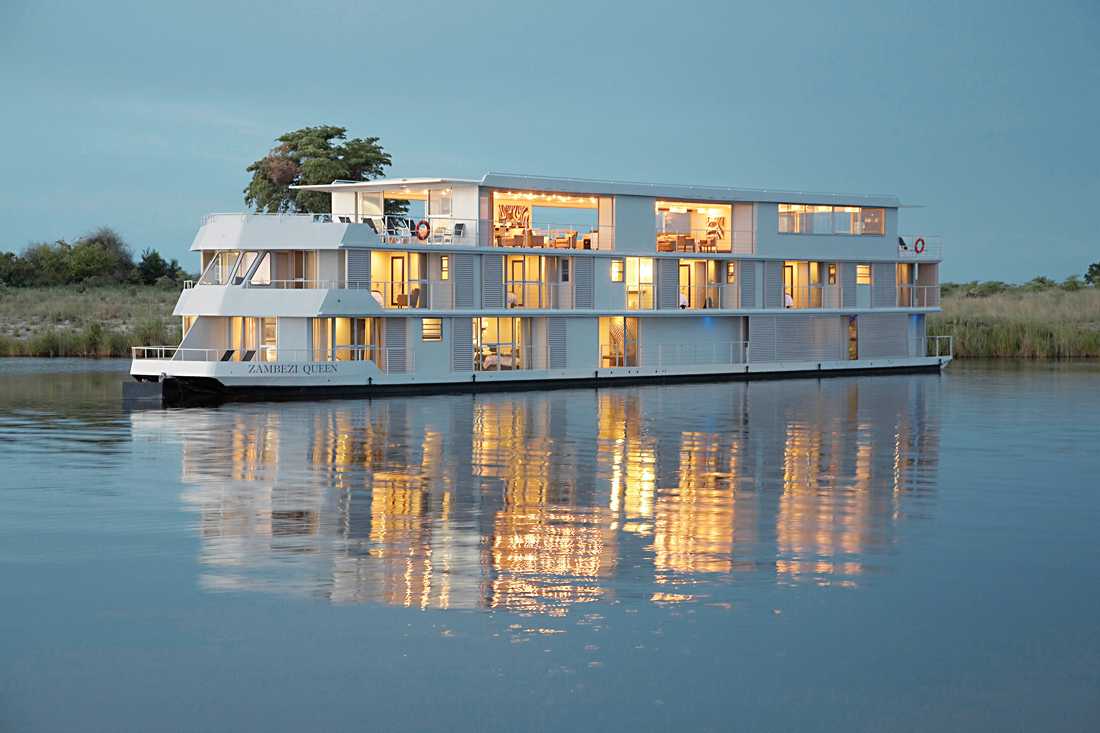
Safari Activities in Chobe
-
Game Drives
Morning and afternoon game drives will take you to see the gentle giants of Chobe up-close, as well as the many other animals calling Chobe home.
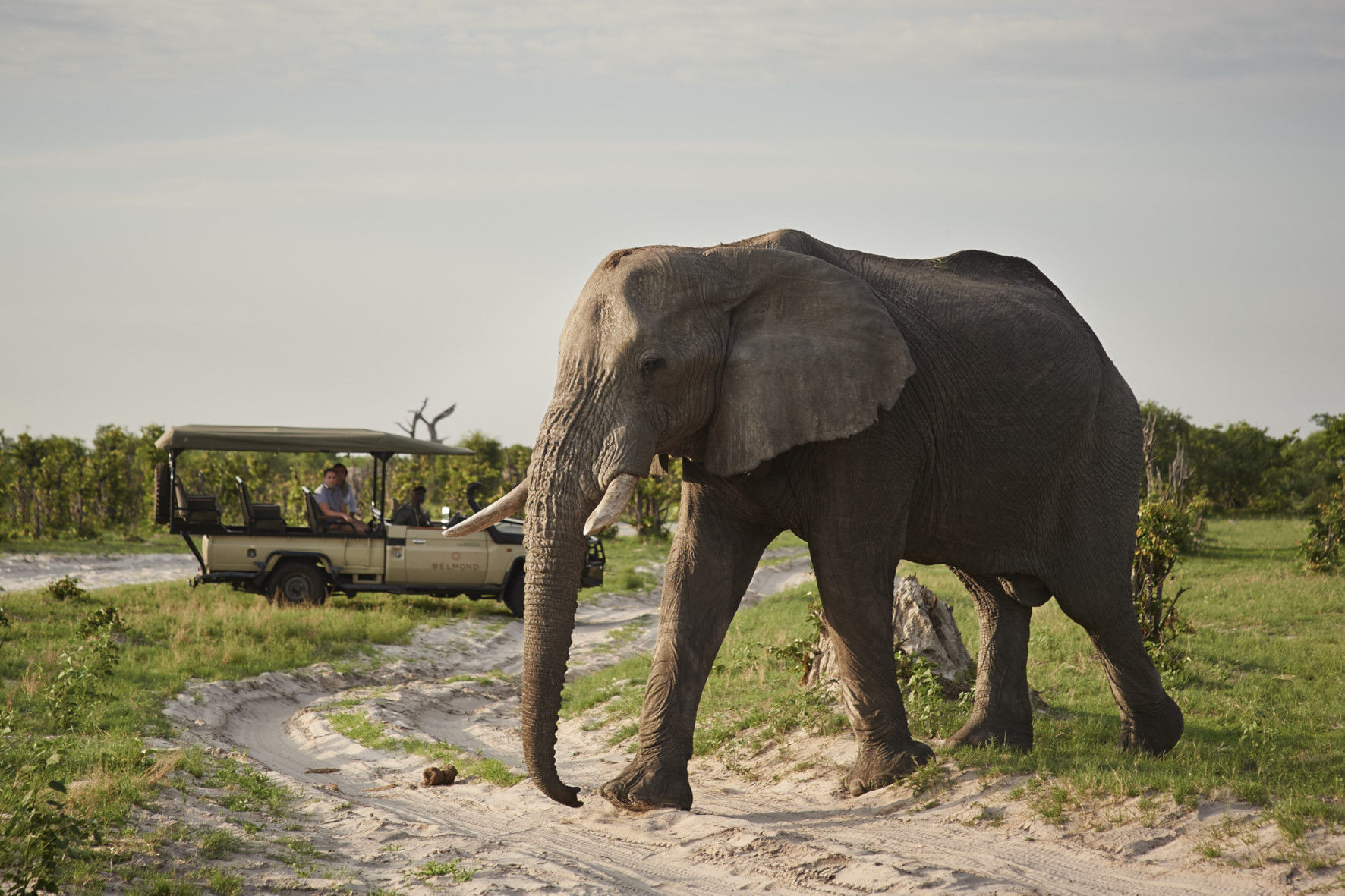
-
Boat safaris
A must if you are in Chobe! Get a new perspective of the wildlife on land and get up-close to the crocodiles and hippos lurking in the water.
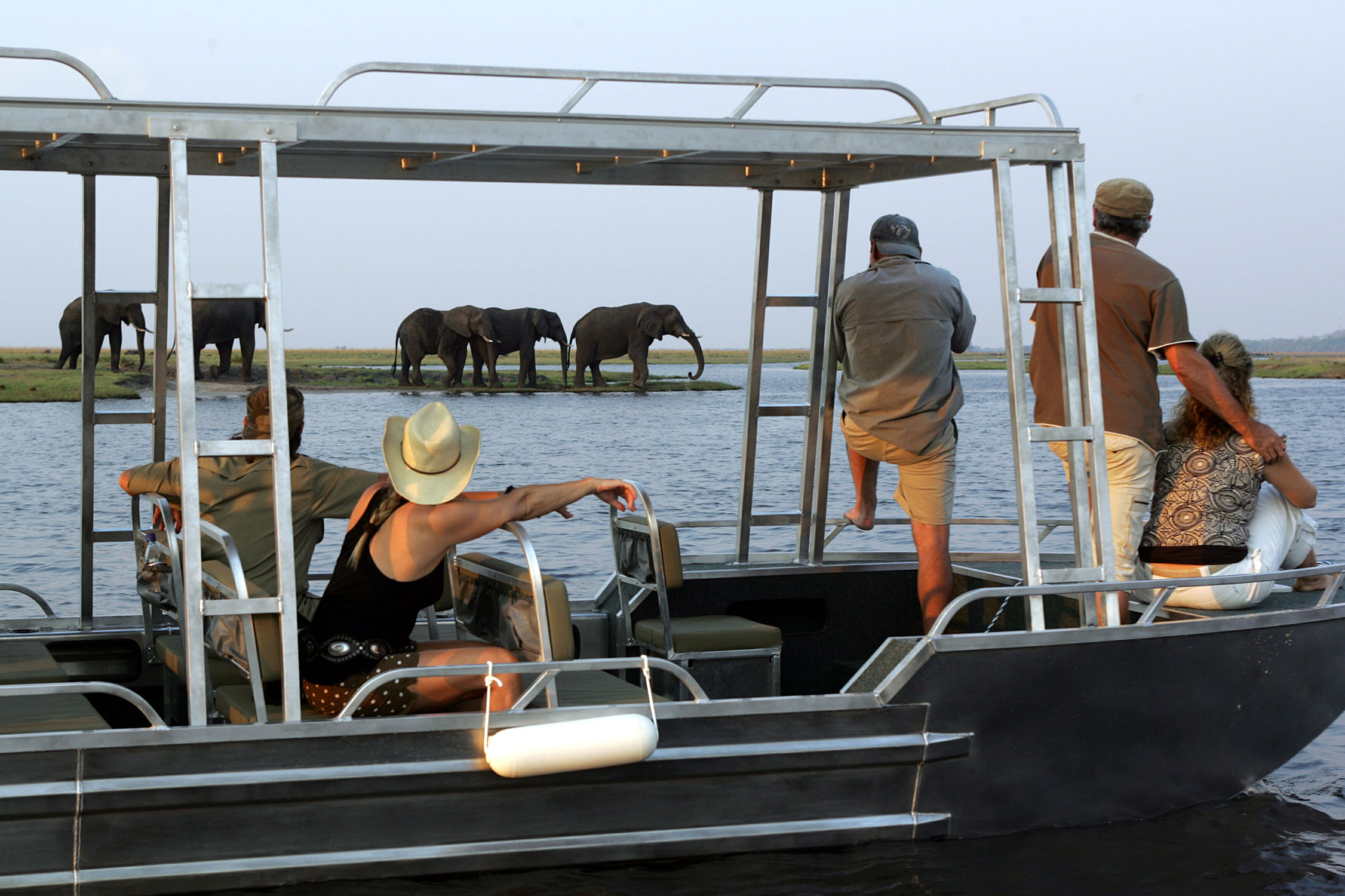
-
Photographic safaris
For the shutterbug guests, there are numerous photo opportunities awaiting you in Chobe! Embark on a photographic safari for all the best angles and advice.
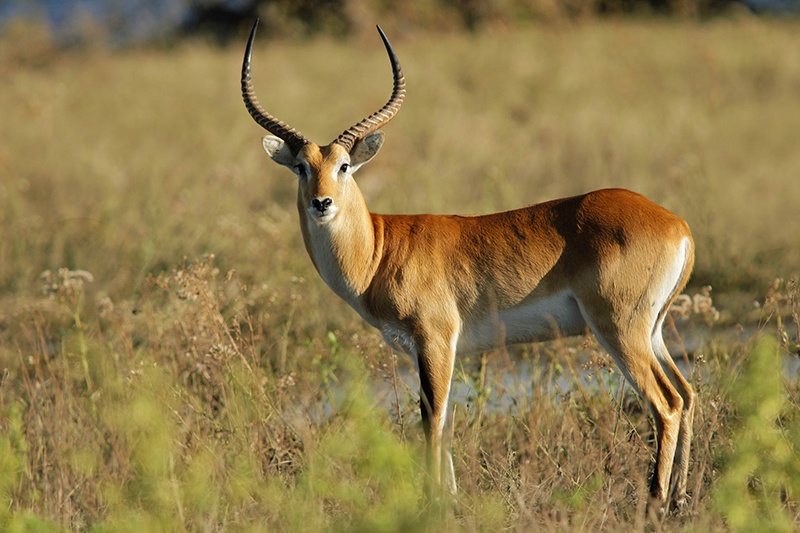
-
Guided bush walks
Most lodges in Chobe offer the opportunity to explore the area on foot.
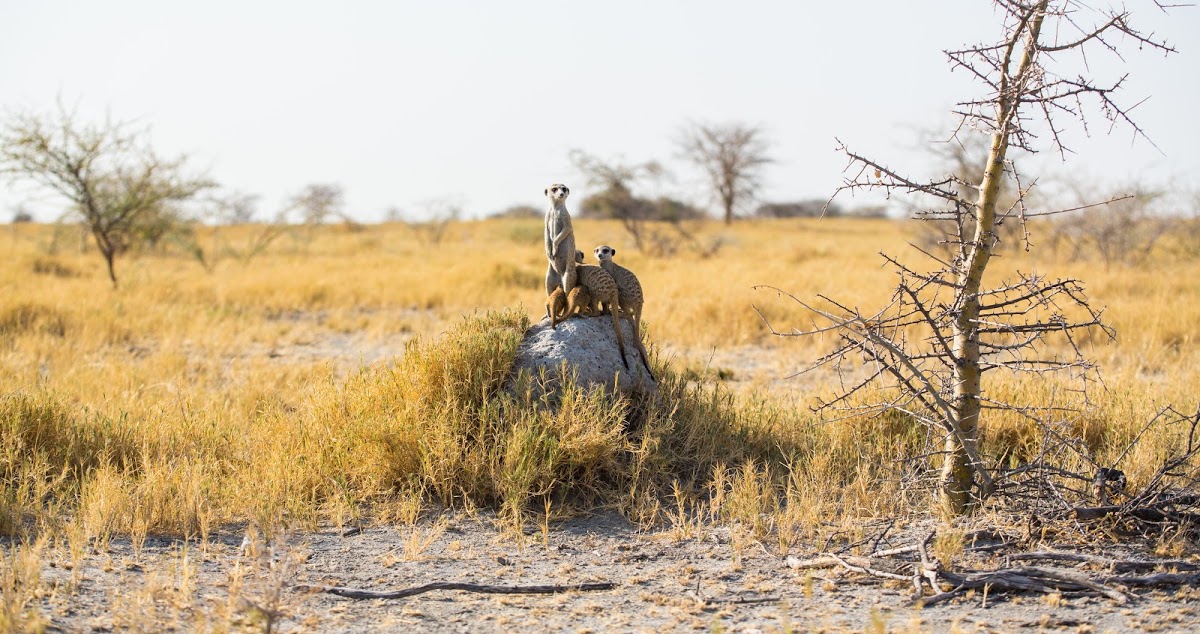
Extend your trip
You can easily combine your trip to Chobe with one to Victoria Falls in Zimbabwe. This impressive waterfall and UNESCO Natural World Heritage Site also known as ‘The Smoke that Thunders’ is just a short drive away.
You can also extend your trip with visits to Namibia, Zambia and Zimbabwe.
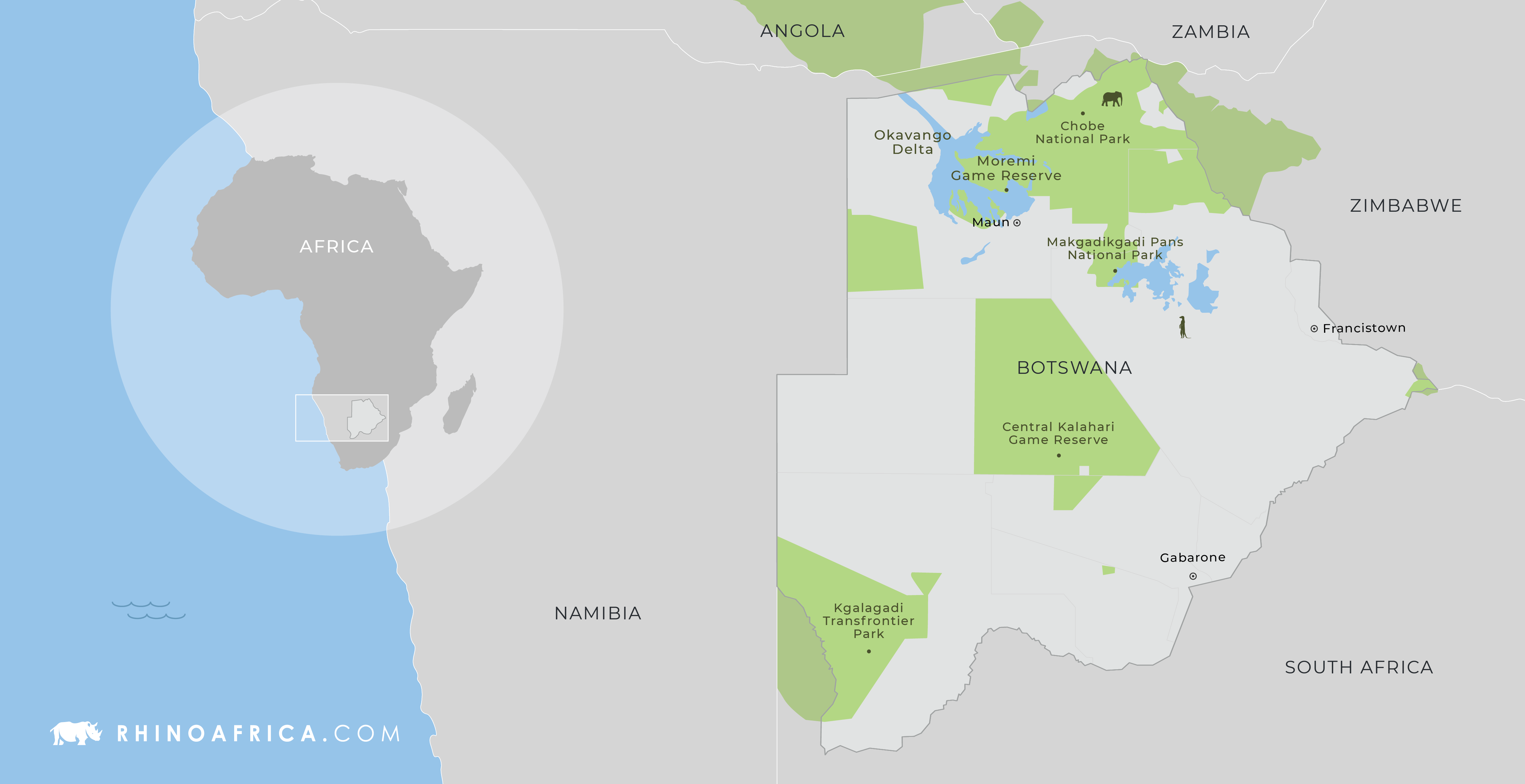
Let’s make it happen!
Want to see these ‘ellies’ in real life? Contact our friendly travel experts to make this dream a reality!
“I have a memory like an elephant. I remember every elephant I’ve ever met.” – Herb Caen
You might also like:
Featured Image Credit: Ifham Raji, APOTY